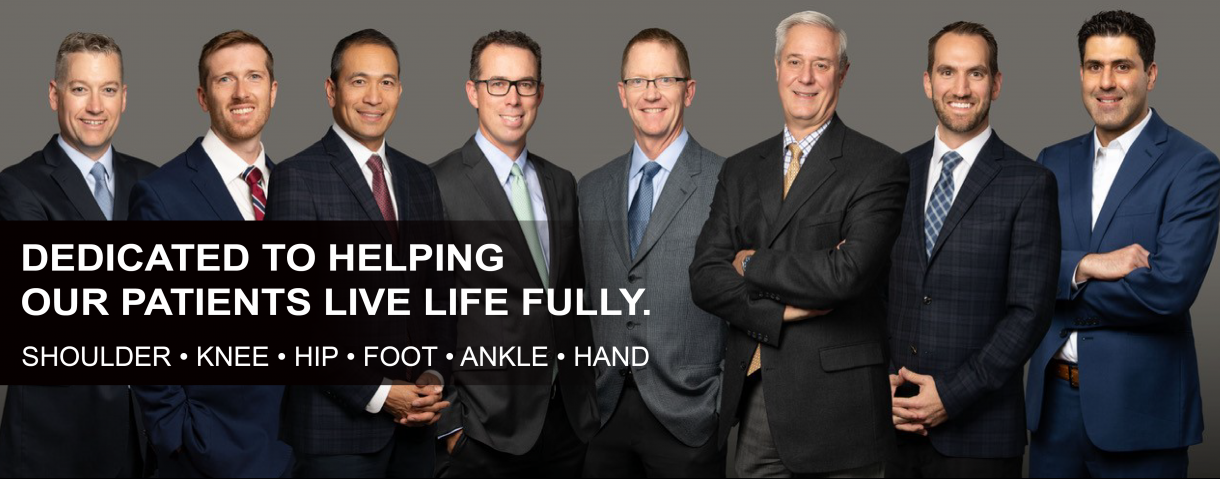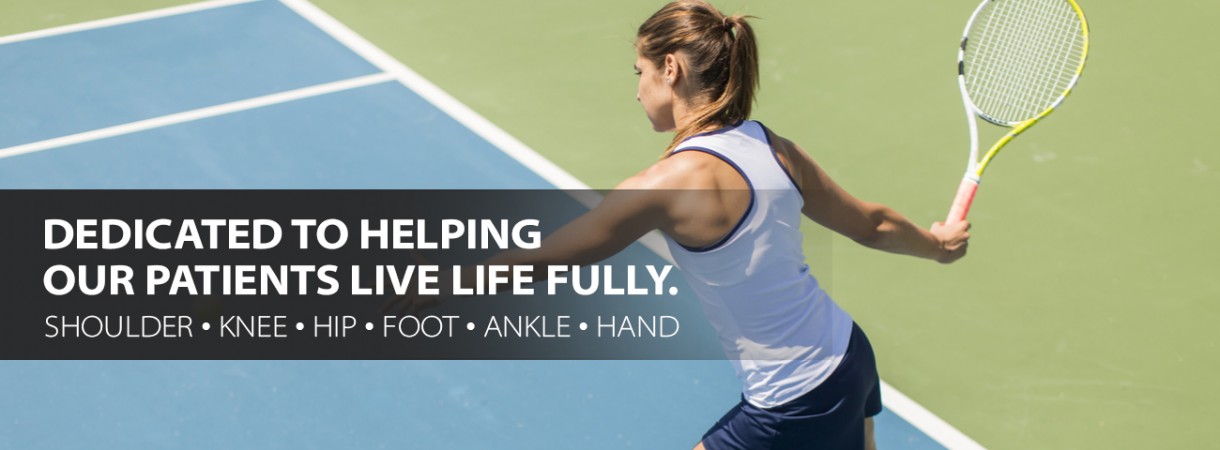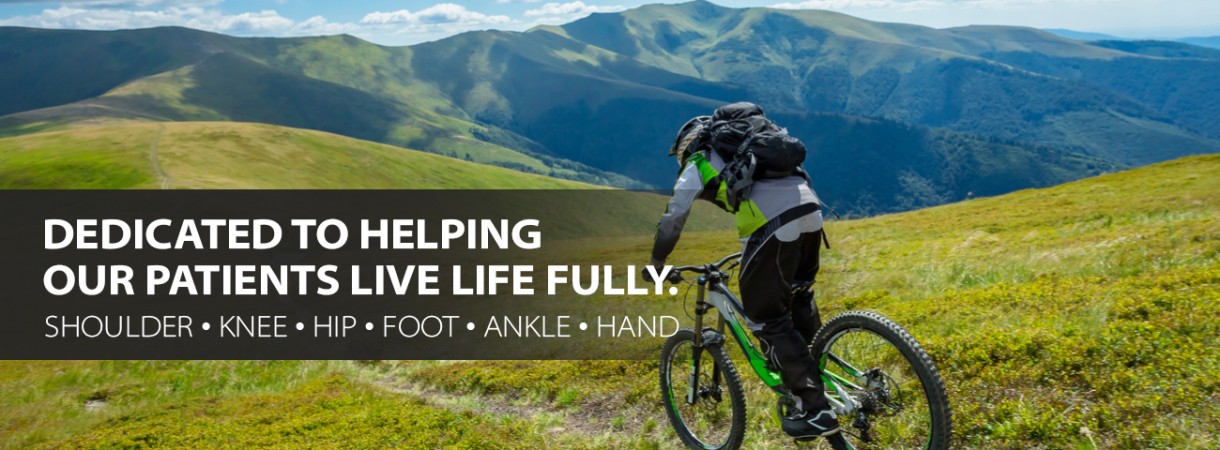A new report from the State University of New York at Buffalo reveals the possibility of faster concussion recovery for athletes. Aerobic exercise following sports-related concussions may actual increase recovery speeds for teens and younger athletes — low-level exercise soon after concussion can possibly cut recovery time! The randomized trial lead by Dr. John J. Leddy of State University of New York at Buffalo, suggests athletes may be sooner to the point of being able to play again than previous thought with an aerobic regimen.
“This is not saying that they’re ready to go back to sport yet, it’s trying to treat the concussion so they recover faster in a safe way and get them to the point where they can” start playing again, Dr. John J. Leddy of the State University of New York at Buffalo, the study’s lead author, told Reuters Health in a telephone interview.
Until recently, he noted, guidelines had recommended complete physical and cognitive rest after concussion, but there is growing evidence that low-level physical and mental activity is not harmful and may be beneficial.
After systematic determination of treadmill exercise tolerance, Leddy and his colleagues randomly assigned 103 male and female athletes, ages 13 to 18, to start an aerobic exercise program or a stretching regimen that did not increase heart rate. The mean time from injury to first evaluation was similar in the two groups (4.8 days and 4.9 days).
Participants in both groups exercised for about 20 minutes a day. The criteria for recovery were being asymptomatic, having recovery confirmed through an assessment by a physician blinded to treatment group, and returning to normal exercise tolerance on treadmill testing.
The median time to recovery was 13 days in the aerobic exercise group, vs 17 days for the group who stretched. Delayed recovery—defined as symptoms lasting longer than 30 days—occurred in 4% of the aerobic group and 14% of the placebo group (P=0.08), the authors reported online February 4 in JAMA Pediatrics.
Up to 30% of adolescents will have delayed recovery after a concussion, Leddy said. “Even those who have symptoms still within the first week after concussion can do things as long as they stop at the point where the symptoms start to increase and kind of use common sense and identify their physical exercise thresholds,” he added.
“We don’t know if this works well in those who have depression or a learning disorder, at least those who are on medications for those conditions,” he added. He and his colleagues are planning a larger study that will include these individuals and will also use an intent-to-treat analysis.
Dr. Sara P. D. Chrisman of Seattle Children’s Research Institute and Harborview Injury Prevention and Research Center in Seattle, WA, wrote an editorial accompanying the study. “This is showing that there is some benefit to exercise really as rehabilitation. This is really positive in my mind,” she told Reuters Health in a telephone interview. “With more severe brain injury, that’s always been our approach,” she added. “With concussion it had gotten a little bit muddled because a lot of these patients are also athletes. We want to get them back to activity, but not necessarily get them back on the sport field faster. You want them to be fully recovered before they’re out playing a contact sport.”
There’s still no way to confirm whether it’s safe for an adolescent to return to a contact sport after a concussion aside from a patient’s symptoms and self-reporting, Chrisman noted.
Reference: Reuters Health News – February 05, 2019







Leave a Reply